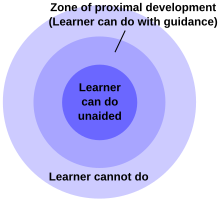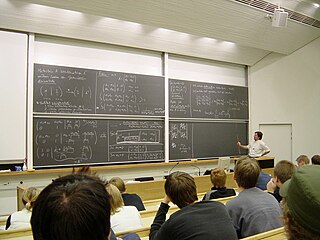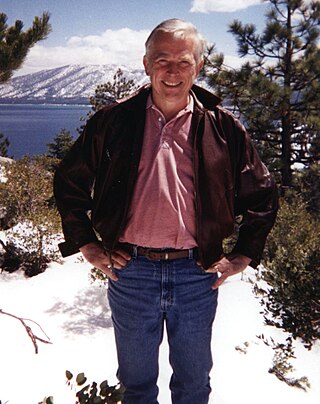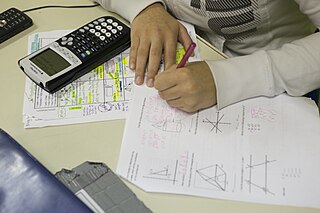Overview

In primary school students start with single digit arithmetic exercises. Later most exercises involve at least two digits. A common exercise in elementary algebra calls for factorization of polynomials. Another exercise is completing the square in a quadratic polynomial. An artificially produced word problem is a genre of exercise intended to keep mathematics relevant. Stephen Leacock described this type: [1]
- The student of arithmetic who has mastered the first four rules of his art and successfully striven with sums and fractions finds himself confronted by an unbroken expanse of questions known as problems. These are short stories of adventure and industry with the end omitted and, though betraying a strong family resemblance, are not without a certain element of romance.
A distinction between an exercise and a mathematical problem was made by Alan H. Schoenfeld: [2]
- Students must master the relevant subject matter, and exercises are appropriate for that. But if rote exercises are the only kinds of problems that students see in their classes, we are doing the students a grave disservice.
He advocated setting challenges:
- By "real problems" ... I mean mathematical tasks that pose an honest challenge to the student and that the student needs to work at in order to obtain a solution.
A similar sentiment was expressed by Marvin Bittinger when he prepared the second edition [3] of his textbook:
- In response to comments from users, the authors have added exercises that require something of the student other than an understanding of the immediate objectives of the lesson at hand, yet are not necessarily highly challenging.
The zone of proximal development for each student, or cohort of students, sets exercises at a level of difficulty that challenges but does not frustrate them.
Some comments in the preface of a calculus textbook [4] show the central place of exercises in the book:
- The exercises comprise about one-quarter of the text – the most important part of the text in our opinion. ... Supplementary exercises at the end of each chapter expand the other exercise sets and provide cumulative exercises that require skills from earlier chapters.
This text includes "Functions and Graphs in Applications" (Ch 0.6) which is fourteen pages of preparation for word problems.
Authors of a book on finite fields chose their exercises freely: [5]
- In order to enhance the attractiveness of this book as a textbook, we have included worked-out examples at appropriate points in the text and have included lists of exercises for Chapters 1 — 9. These exercises range from routine problems to alternative proofs of key theorems, but containing also material going beyond what is covered in the text.
J. C. Maxwell explained how exercise facilitates access to the language of mathematics: [6]
- As mathematicians we perform certain mental operations on the symbols of number or quantity, and, proceeding step by step from more simple to more complex operations, we are enabled to express the same thing in many different forms. The equivalence of these different forms, though a necessary consequence of self-evident axioms, is not always, to our minds, self-evident; but the mathematician, who by long practice has acquired a familiarity with many of these forms, and has become expert in the processes which lead from one to another, can often transform a perplexing expression into another which explains its meaning in more intelligible language.
The individual instructors at various colleges use exercises as part of their mathematics courses. Investigating problem solving in universities, Schoenfeld noted: [7]
- Upper division offerings for mathematics majors, where for the most part students worked on collections of problems that had been compiled by their individual instructors. In such courses emphasis was on learning by doing, without an attempt to teach specific heuristics: the students worked lots of problems because (according to the implicit instructional model behind such courses) that’s how one gets good at mathematics.
Such exercise collections may be proprietary to the instructor and his institution. As an example of the value of exercise sets, consider the accomplishment of Toru Kumon and his Kumon method. In his program, a student does not proceed before mastery of each level of exercise. At the Russian School of Mathematics, students begin multi-step problems as early as the first grade, learning to build on previous results to progress towards the solution.
In the 1960s, collections of mathematical exercises were translated from Russian and published by W. H. Freeman and Company: The USSR Olympiad Problem Book (1962), [8] Problems in Higher Algebra (1965), [9] and Problems in Differential Equations (1963). [10]










